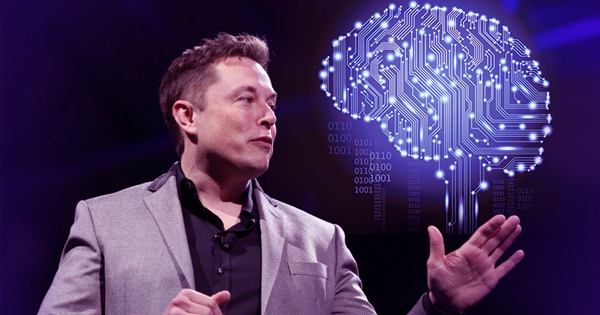The Tesla CEO sees him as the only solution to deal with this ultra-high bandwidth connection, believing it to be a threat to humanity. Musk was asked for an update on Twitter and was given a two-word reply: “Coming soon”. Three years ago, Elon Musk founded Neuralink, an organization with the ambitious goal of creating a brain-computer interface.
The goal of technology is also very vague; our brain has potential applications ranging from connecting to the Internet using artificial intelligence (AI) to enhance our cognitive skills. However, the word “soon” comes when there is obviously a lot of room for explanation. Everything that Neuralink is doing is under wraps and the company’s website is currently just a list of job locations.
The latter concept has been discussed several times by Musk. He believes that in the near future the power of AI means humanity will fall behind. His solution shows the integration of machine and human consciousness so that humanity has an equal footing with what AI can develop in the future.
This technology is primarily used to help people with disabilities overcome the various barriers that exist in society, but it also uses groups of transhumanists who want to go beyond what people can achieve. Exaggerating people with technology is not a new trick (reading glasses, anyone?), But the miniaturization of silicon chips, the improvement of computing, and new materials have dramatically improved such technology. We can simply control the devices using our minds, even communicate.
Unknown and uncertainty not only comes from the organization of Musk’s but also exists in the field in general. There will be questions about both safety and security, but there is also an ethical discussion about how we should use these technologies.
There are many large projects in technology and the brain, such as the Brain Initiative in the United States and the Human Brain Project in Europe. We may not be completely indifferent to how computers connect to our bodies, but on the way to merging with AI, we still have a long way to go.
We need to keep in mind that the technology that embodies all of these things is far from ready. Surgical readings are still required to read brain signals in detail, and the assistive technology used for brain communication is still much slower than conventional means of communication.
















